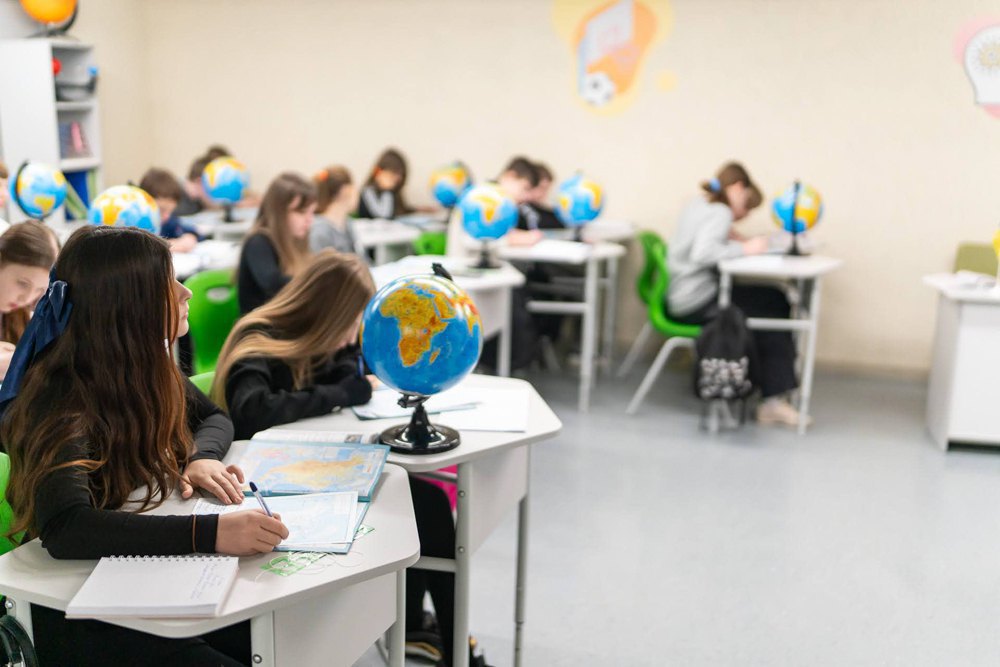
Why study at school for 12 years
The way work is organised at an academic lyceum differs from primary or basic schools due to the individualisation of learning. The concept of a senior specialised school is that Grade 10 includes a sufficient number of compulsory subjects, completing the multi-subject education phase. This stage helps form a holistic worldview and an understanding of what a student wants to pursue in the future. It serves as a transitional class, where students still have the flexibility to reconsider their major. In Grades 11-12, learning becomes more individualised, allowing students to focus on their chosen profile with different levels of study.
The curriculum in senior specialised schools is also being updated. In today’s rapidly changing environment, where we cannot prepare students for a strictly defined future, learning outcomes now include so-called “soft skills”– which, as Andreas Schleicher aptly put it, are actually the “new hard skills”. These include social and emotional intelligence, critical thinking, and the ability to plan and respond to complex problems. Previously, such skills were not considered essential learning outcomes, but today they are a necessity.
Additionally, our students need a strong command of foreign languages, given Ukraine’s strategic goal of joining the European Union. Moreover, the war has led to significant educational losses – many children have missed school, studied remotely for extended periods, or moved frequently. An additional year of education, particularly in Grade 10, can serve as a partial compensator to help bridge these gaps.
After all, numerous studies from leading education systems suggest that extending secondary education to 12 or even 13 years has clear benefits. Research shows that an additional year of schooling improves students’ readiness to make informed decisions about their future education and careers, enhances academic preparedness for university admission, and contributes to overall economic growth.
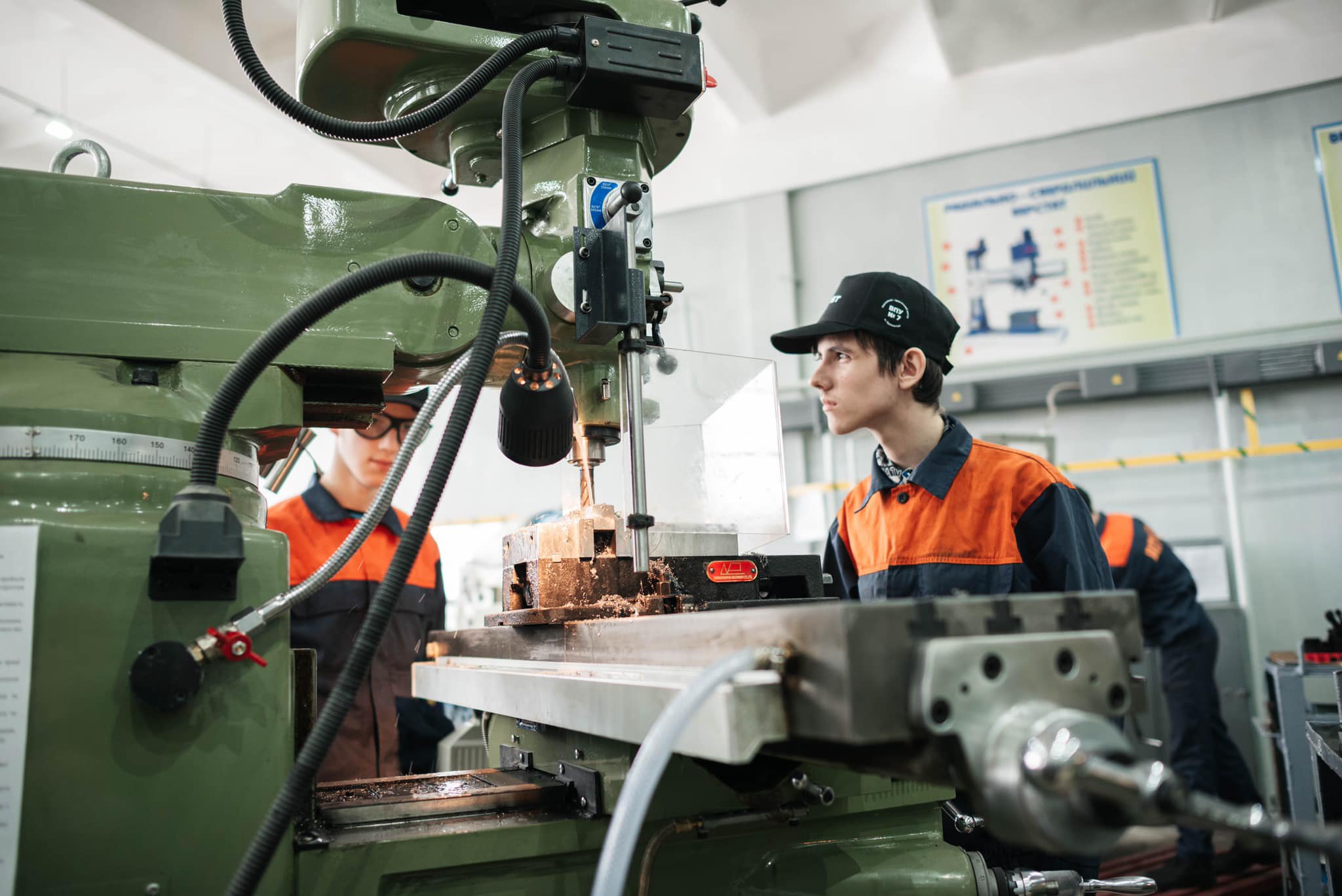
Why do we need the choice of subjects, more students in academic lyceums, and reorganisation of the school network
According to the concept of a senior specialised school, students make three key choices. The first is their choice of profile, which determines the subjects they will study in depth. Within this profile, they can also select certain subjects. Additionally, there are elective courses. For example, a student in a physics and mathematics profile can choose an art elective. This diversity should be provided within an academic lyceum.
To support this, lyceums must have teachers who can deliver these courses. At the same time, the traditional classroom system will no longer exist in its usual form. Instead, students from different classes will be grouped together based on their subject choices. If student numbers are too low, it becomes impossible to organise group learning across multiple profiles and offer a wide range of subjects. Additionally, for this model to be economically viable, a high school must have a sufficient number of students in one institution.
According to the reform plan, high schools should mostly be separate from Grades 1-9. However, in areas with low population density, it may be possible to establish academic lyceums that include a basic school within their structure – similar to models in the UK and Finland. Typically, students from different education levels study in separate classrooms due to differing learning environments, but they are taught by the same teachers.
Ukraine’s territorial diversity means there is no universal solution that fits all regions. In large cities with good transport links, high student numbers, and a sufficient pool of specialised teachers, creating a separate academic lyceum is relatively straightforward. However, the situation is very different in rural areas and small towns. Academic and vocational lyceums should serve all of Ukraine, not just major cities.
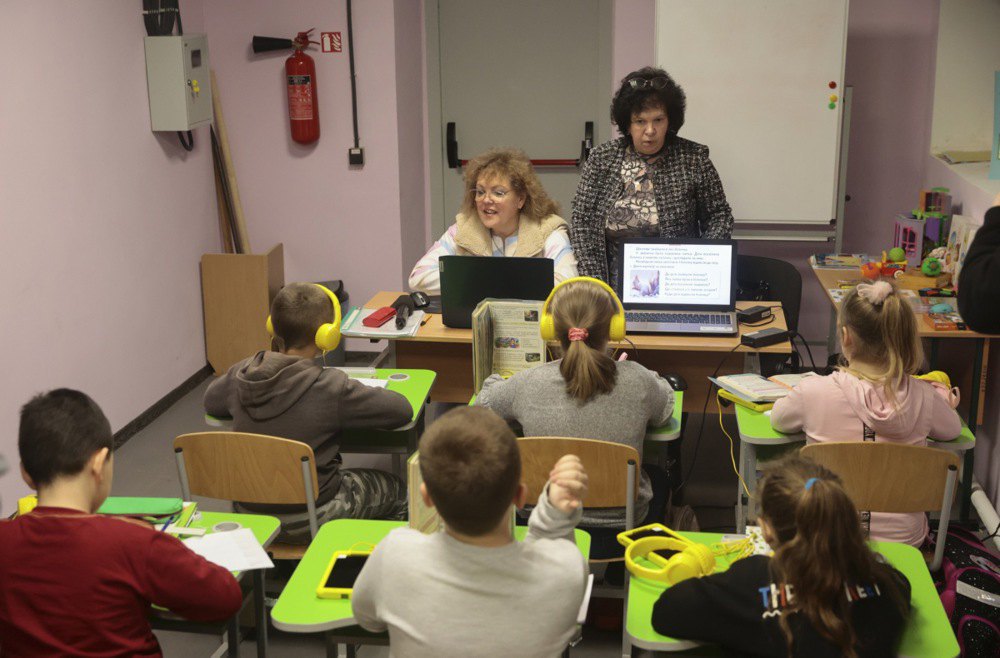
The second issue is the organisation of the educational environment. Given Ukraine’s critical need for graduates in science and mathematics, academic lyceums should be equipped with appropriate experimental facilities and laboratories. But is it feasible to provide these in every school?
The key concern is access to quality education. We could continue as before, allowing any school with Grades 1-11 to call itself a lyceum. However, can every school truly offer specialised secondary education with individual subject choices, in-depth study, career counselling, and niche educational courses? Rural children must have access to academic lyceums and a genuine choice – that is essential. However, this access must ensure quality education.
Why, if nothing changes, children from rural areas will have fewer opportunities
The 4.5-year gap in PISA 2022 results between children from rural and urban areas has clear causes. During the pandemic and the full-scale invasion, rural areas – with lower internet coverage and, in many cases, less affluent families – lacked sufficient devices for learning. Additionally, not all teachers were prepared for online instruction.
If no action is taken, this gap will only widen, leading to the emergence of marginalised groups of young people unaccustomed to learning. Keeping a child motivated during distance learning is already challenging. If it continues for an extended period, adolescents, in particular, struggle to develop the self-discipline needed for studying. Ultimately, many of these teenagers will not continue their education and will seek alternative paths to self-realisation – often ones linked to deviant behaviour.
This presents a critical risk, especially in the post-war period. It is therefore essential to define how children from rural areas will access education at the senior secondary school level and to ensure that those who are willing and able to master the curriculum can enrol in their chosen academic lyceum.
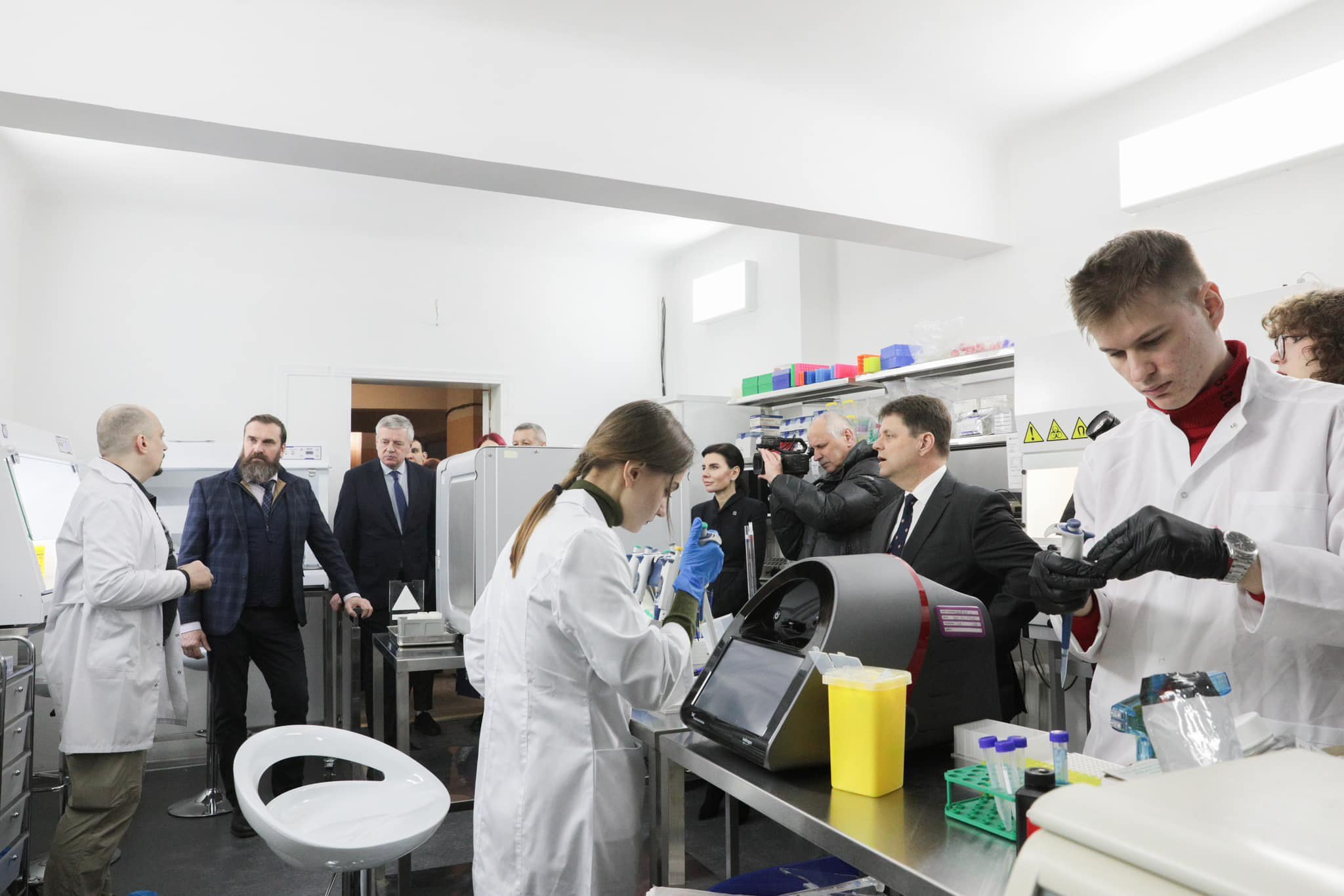
At the same time, students who do not wish to attend an academic lyceum should have the option to learn a profession at a vocational lyceum. If necessary, they should receive counselling and compensatory classes to help them reach the required level in mathematics or Ukrainian to master their chosen profession. This is where the reform of specialised secondary education can make a difference.
Research on high school performance reveals a paradox: children in small rural schools tend to score lower on EIT exams despite studying in smaller classes. One might assume that smaller class sizes allow teachers more time for each student, but this is often not the case.
It is frequently said that if a village has no school, it has no future. But the issue is more complex. What is needed is not just a school but a school that provides quality education – one that serves students rather than merely employing teachers and keeping children occupied. Primary schools should remain as close as possible to children’s homes, which is why primary schools will continue to exist in villages.
The school network must evolve to ensure that every child receives a quality education. At the same time, it is evident that hub schools must be better equipped and located in places that are easily accessible by school bus.
I encourage everyone to ask themselves a simple but crucial question: does your rural community provide access to primary school, to quality basic education (including through a hub school), and to a clear path for young people to continue their education in either academic or vocational lyceums? The principle is straightforward: if you want change for the better, you must take action. If you leave everything as it is, you will continue to see the same results.
Why focus on STEM profiles, and what about vocational education?
The supply of education in response to the demands of the labour market in Ukraine remains unbalanced. The labour market requires more professionals in engineering fields with a strong foundation in science and mathematics.
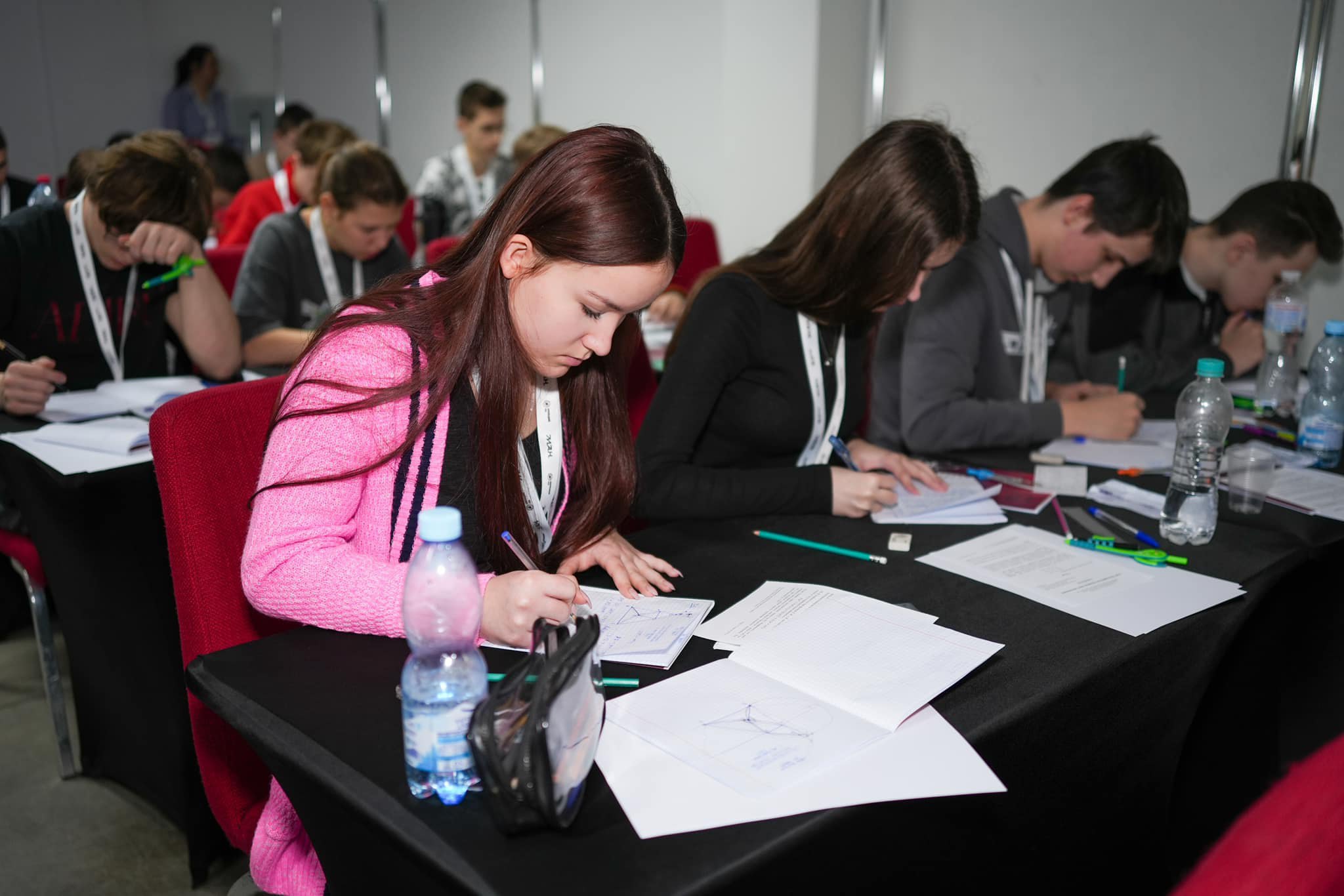
So why is there so little in-depth study of science and mathematics? The issue begins in basic school, where these subjects already present challenges. Furthermore, during the war, educational losses were most significant in mathematics. If a student does not understand a concept, they cannot progress, as new topics build on previous ones. We must act immediately and systematically to address these gaps and to motivate children to pursue careers in these fields.
If the state aims to develop this sector, it must invest in modern laboratories where children can learn using up-to-date methods. Additionally, it must support teachers of science and mathematics, who are already in short supply.
Career counsellors also play a crucial role. They should start working with children from the 7th grade, helping them identify their talents, explore various professions, and understand their educational options. This guidance is essential in helping students decide between vocational and academic education.
Currently, in Ukraine, 65% of students continue their studies at school, while only 35% enrol in vocational education. This trend is largely due to the post-Soviet perception that vocational education is not prestigious, despite the fact that blue-collar jobs often offer higher salaries than some professions requiring a university degree.
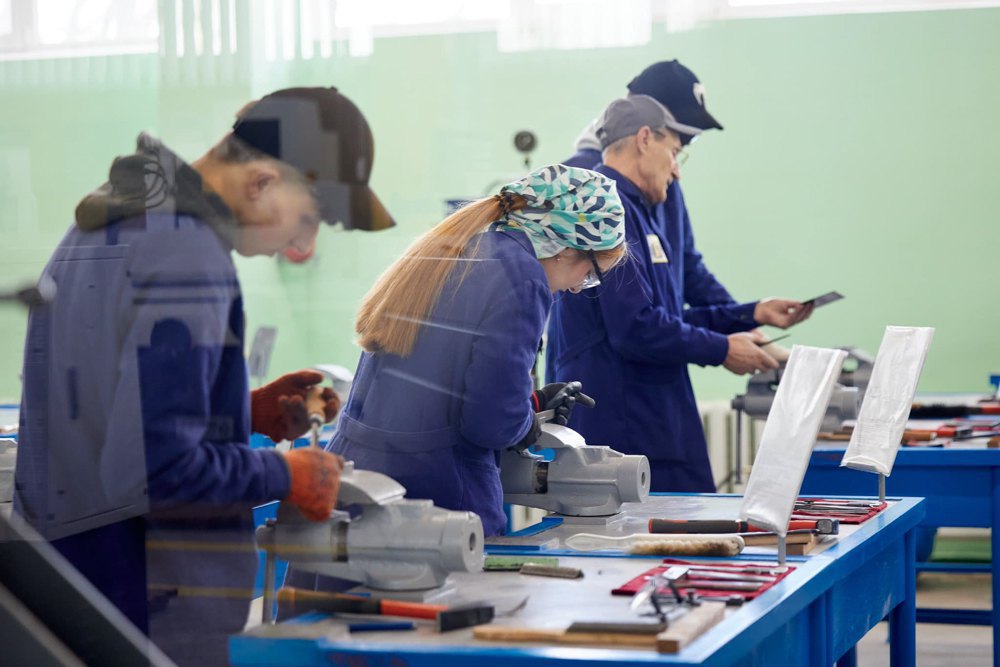
If we want to change this and ensure that at least 40% of students choose a vocational lyceum, we need a strong communication campaign. Additionally, vocational education must not become a “dead end” for those who wish to continue their studies at a higher level.
Choosing vocational education should not mean that a person will never attend university. Many countries have reformed this system by offering advantages to those who have completed vocational training and gained work experience. For example, someone who has trained as an electrical technician and later decides to become an engineer could benefit from special admission conditions when applying to university. In some cases, work experience is valued more than standardised test results, as seen in Finland. If we show students that they can learn a trade and later pursue higher education while working, the outcomes will be significantly different.
It is our duty to implement the reform
Despite the difficult situation, it is our duty to implement the reform. The war cannot be an excuse to delay it, as doing so would only set us back once again. Crisis situations often push us to change, improve ourselves, and respond to new challenges. For example, when the pandemic began, many teachers who had never used computers for teaching had to adapt quickly. This reflects the broader changes in education that must be implemented, regardless of circumstances.
The reform also provides answers to the challenges of war. In particular, it focuses on developing children’s resilience, adaptability, and lifelong learning – skills that are now essential learning outcomes. The professional standards for teachers have also evolved, incorporating competencies that enable them to respond effectively to students’ needs during wartime.
However, the issue of teachers’ social status remains unresolved. This is a key factor in attracting and retaining talented professionals, particularly in ensuring high-quality education at the senior secondary level. Addressing this challenge will require significant effort and investment in education. Yet for any society that aspires to real prospects for post-war reconstruction and transformational development, this is a responsibility that cannot be ignored.









